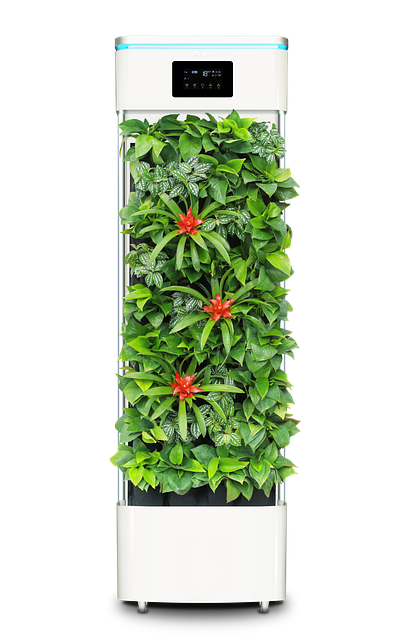Botanical Tapestries: The Art of Living Plant Walls
In the realm of interior design, a verdant revolution is taking root. Botanical tapestries, also known as living plant walls, are transforming spaces into lush, breathing canvases. This innovative approach to greenery merges horticulture with artistry, creating vertical gardens that serve as both functional and aesthetic marvels. As urban dwellers seek to reconnect with nature, these living installations offer a solution that's as practical as it is beautiful.

The Genesis of Vertical Verdure
The concept of vertical gardening isn’t entirely new. Ancient civilizations, from the Babylonians with their hanging gardens to the Romans with their villa trellises, recognized the value of growing plants upwards. However, the modern living wall as we know it today was pioneered by French botanist Patrick Blanc in the late 20th century. Blanc’s system, which allowed plants to grow without soil on vertical surfaces, revolutionized the way we integrate greenery into architecture.
Since then, the idea has evolved dramatically. Today’s botanical tapestries incorporate advanced hydroponic systems, automated irrigation, and carefully curated plant selections to create stunning, low-maintenance living art. These walls have become a symbol of biophilic design, a approach that seeks to connect building occupants more closely to nature.
The Anatomy of a Living Wall
At its core, a botanical tapestry consists of several key components. The foundation is typically a frame or panel system attached to the existing wall structure. This is covered with a waterproof membrane to protect the building’s integrity. Next comes a layer of felt or another porous material that holds water and nutrients for the plants.
The plants themselves are inserted into pockets or modules within this structure. A sophisticated irrigation system, often hidden behind the scenes, delivers water and nutrients directly to the roots. Some advanced systems even incorporate sensors to monitor plant health and adjust care automatically.
The choice of plants is crucial and depends on factors like light availability, desired aesthetic, and maintenance requirements. Common selections include philodendrons, ferns, bromeliads, and various succulents, chosen for their adaptability to vertical growth and diverse textures and colors.
Beyond Aesthetics: The Functional Benefits
While the visual impact of a botanical tapestry is undeniable, these living walls offer numerous practical advantages. They act as natural air purifiers, absorbing pollutants and releasing oxygen, potentially improving indoor air quality. The plants also help regulate humidity and temperature, creating a more comfortable environment.
From an acoustic standpoint, living walls can significantly reduce noise levels by absorbing sound waves. This makes them particularly valuable in open-plan offices or busy home environments. Additionally, the presence of plants has been linked to increased productivity, reduced stress levels, and improved overall well-being.
Designing with Living Art
Incorporating a botanical tapestry into a space requires thoughtful planning. The wall’s location is crucial – it needs adequate light and should be a focal point in the room. Designers often use these walls to create dramatic backdrops in living rooms, add life to sterile office spaces, or bring a touch of nature to urban apartments.
The plant selection process is where creativity truly shines. By carefully choosing and arranging different species, designers can create patterns, gradients, or even representational images within the living wall. Some opt for a lush, jungle-like aesthetic with dense foliage, while others prefer a more structured, geometric approach using succulents and air plants.
Lighting plays a vital role in both the health of the plants and the overall ambiance. While natural light is ideal, many installations incorporate grow lights to ensure all plants receive adequate illumination. These lights can also be used to dramatic effect, creating a stunning nighttime display.
Maintenance and Sustainability
One of the biggest challenges in popularizing botanical tapestries has been addressing maintenance concerns. Modern systems have made great strides in this area, with many requiring minimal upkeep. Automated irrigation systems, remote monitoring, and careful plant selection have made living walls increasingly accessible to those without green thumbs.
From a sustainability perspective, these installations align well with eco-conscious design principles. They can contribute to building energy efficiency by providing natural insulation. When integrated with greywater systems or rainwater collection, they can also play a role in water conservation efforts.
As we continue to seek ways to bring nature into our built environments, botanical tapestries stand out as a solution that’s both innovative and deeply rooted in our innate connection to the natural world. They represent a beautiful synthesis of technology, design, and horticulture, offering a glimpse into a future where our spaces are not just adorned with nature, but truly alive with it.





